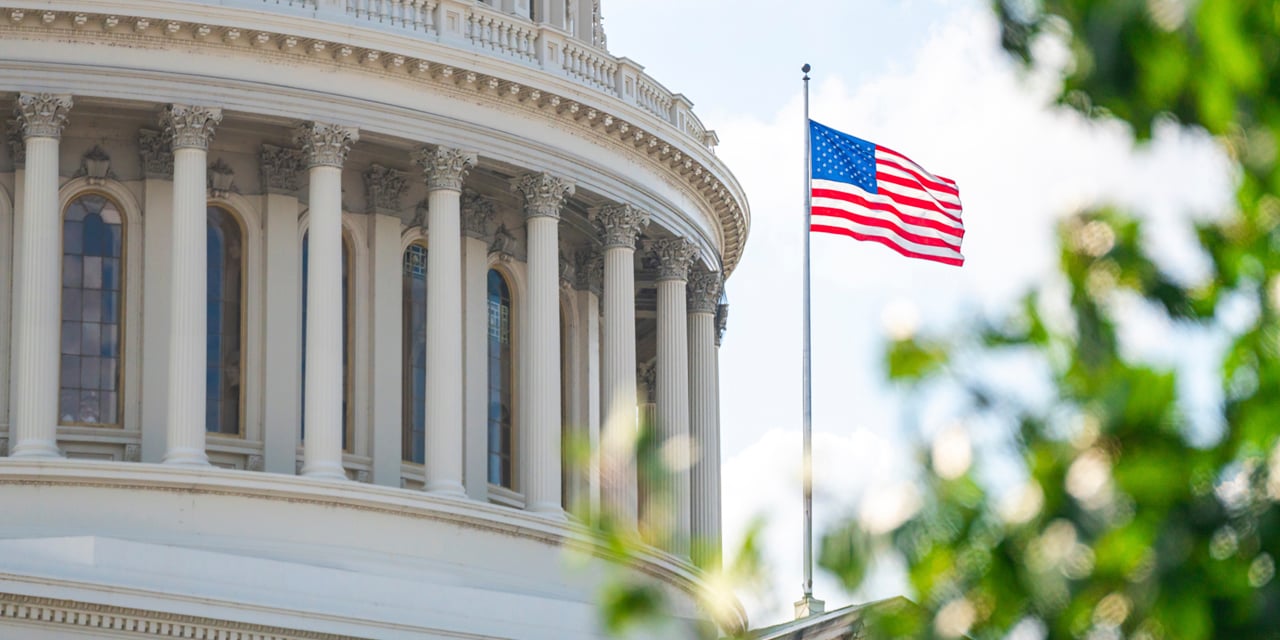
Navigating the New Tax Bill: Business Owner Tips
When the One Big Beautiful Bill Act (OBBBA) was passed in Washington this summer, it introduced a wave of changes that could reshape how business owners plan for, invest in and grow their companies. Whether you’re running a startup or managing an established company, understanding these changes is key to staying ahead. This guide breaks down what’s new and what it could mean for you.
Enhanced Tax Benefits for Selling Qualified Small Business Stock
Before the OBBBA was passed in July 2025, those who owned shares in qualified small business C corporations could sell their shares and avoid paying any federal income tax on the gain – as long as they held that stock for at least five years before selling. Now, the OBBBA makes this benefit easier to access by offering smaller exclusions for shorter holding periods. For qualified stock acquired after July 4, 2025, business owners can now exclude 50% of the gain if they’ve held it for three years, 75% if they’ve held it for four years and 100% if they’ve held it for five or more years.
Along with this, the bill increased the total amount owners can exclude in stock gains when selling their shares from $10 million to $15 million. Plus, it expanded the number of companies that can qualify as small businesses (and therefore benefit from this exclusion) by increasing the asset limit for qualified businesses from $50 million to $75 million.
KEY PLANNING OPPORTUNITY: If you’re starting a business, consider setting it up as a C corporation rather than a pass-through entity (like a sole proprietorship, partnership, LLC or S corporation) to qualify for these benefits when you eventually sell. If you currently operate your business as an S corporation, analyze whether converting it to a C corporation could be advantageous for when you eventually sell. Your Baird Financial Advisor can work with your tax advisor to help determine the best structure for you and your business.
Increased Equipment and Investment Deductions
When the Tax Cuts and Jobs Act was passed in 2017, it included a “bonus depreciation” program for businesses, allowing them to write off 100% of the cost of new property or equipment in the year they bought it. However, that percentage gradually fell over time, and in 2025, it had fallen to 40%. Now, the OBBBA has permanently returned the 100% deduction for any property or equipment bought and placed in service after January 19, 2025.
This provision allows businesses to immediately deduct the entire cost of the property or equipment and lower their tax bills right away.
The OBBBA also raised the Section 179 limit for depreciation deductions to $2.5 million, providing businesses with another valuable way to accelerate the depreciation of newly purchased assets. Once a business spends more than $4 million on equipment in a year, though, the deduction is gradually phased out. This is a way to keep the largest benefits aimed at small and mid-sized businesses.
KEY PLANNING OPPORTUNITY: To take advantage of this revised provision, work with your financial and tax advisors to ensure your business’ equipment purchases are well-timed and documented properly.
Full Expensing for Research and Development Costs
From 2022 until now, businesses were required to spread out the tax deduction for their U.S. research and development (R&D) spending over five years. This limited the amount of R&D expenses companies could deduct in the year they were incurred, often creating cash flow constraints and even discouraging companies from investing in R&D. The OBBBA has now essentially reversed this approach: Starting in the 2025 tax year, businesses can once again deduct the entire cost of qualified R&D in the year it’s spent.
Any businesses that have been spreading their R&D deductions across their 2022-2024 tax returns have a few options: They can either deduct all the remaining expenses at once on their 2025 tax return, equally on their 2025 and 2026 returns, or across whatever remains of their original 5-year schedule. Certain small businesses (those with revenue under $31 million per year, among other requirements) get even more flexibility, and can go back and amend past returns so those expenses are fully deducted in the year they were incurred.
KEY PLANNING OPPORTUNITY: If your business qualifies for this deduction – and particularly if it is a small business – consider reviewing these options with your financial and tax advisors. Deciding whether to amend past returns, take the full deduction in 2025 or spread it over future years could make a notable difference in your tax bill.
Potentially Larger Loan Interest Deductions
Previously, many businesses could only deduct interest expenses on loans up to 30% of their earnings before interest and taxes. The OBBBA reinstates an older rule that allows businesses to deduct interest up to 30% of their earnings before interest, taxes, depreciation, depletion and amortization. This broader definition means businesses may be able to deduct more of their borrowing costs, potentially making loans less expensive from a tax standpoint. The change will be particularly helpful during periods of higher interest rates: If borrowing costs increase, businesses will be able to deduct more of these expenses to provide some relief.
KEY PLANNING OPPORTUNITY: When evaluating financing terms, don’t forget to factor in this increased interest deduction – and work with your planning team to see how it will impact your broader tax strategy.
More Tax Breaks for Pass-Through Businesses
Since 2018, many small business owners and self-employed workers with pass-through businesses have been able to deduct up to 20% of their business income on their personal tax returns. The rule was originally scheduled to expire after 2025, but has now been made permanent by the OBBBA – giving business owners the clarity to plan more effectively for the long term.
Additionally, the OBBBA expanded the income thresholds that taxpayers must be within to qualify for the deduction and added a guaranteed deduction: Anyone with at least $1,000 of qualified business income will be able to deduct at least $400. Both of these changes are effective in 2026.
KEY PLANNING OPPORTUNITY: With expanded income thresholds and a new minimum deduction, more small businesses and side hustles may benefit from this rule change. Work with your financial and tax advisors to map out how you can structure your operations and compensation the most efficiently to best take advantage of this deduction.
Permanent Benefit Incentives
If you’ve been considering which benefits to offer your employees, it’s worth considering that the OBBBA has now made the Paid Family and Medical Leave credit (for businesses that offer paid leave to their employees) permanent. Along with that, the student loan repayment exclusion is also here to stay, allowing businesses to contribute up to $5,250 per year toward an employee’s student loans, tax-free.
KEY PLANNING OPPORTUNITY: To take advantage of these tax perks, be sure your payroll systems are tracking these benefits properly.
With a host of new provisions for all kinds of businesses, the OBBBA presents an opportunity for business owners to reevaluate their tax and wealth plans. With thoughtful planning, you can make the most of these changes – and your Baird Financial Advisor team is here to help you do just that.
This information has been developed by a member of Baird Wealth Solutions Group, a team of wealth management specialists who provide support to Baird Financial Advisor teams. The information offered is provided to you for informational purposes only. Robert W. Baird & Co. Incorporated is not a legal or tax services provider and you are strongly encouraged to seek the advice of the appropriate professional advisors before taking any action. The information reflected on this page are Baird expert opinions today and are subject to change. The information provided here has not taken into consideration the investment goals or needs of any specific investor and investors should not make any investment decisions based solely on this information. Past performance is not a guarantee of future results. All investments have some level of risk, and investors have different time horizons, goals and risk tolerances, so speak to your Baird Financial Advisor before taking action.


